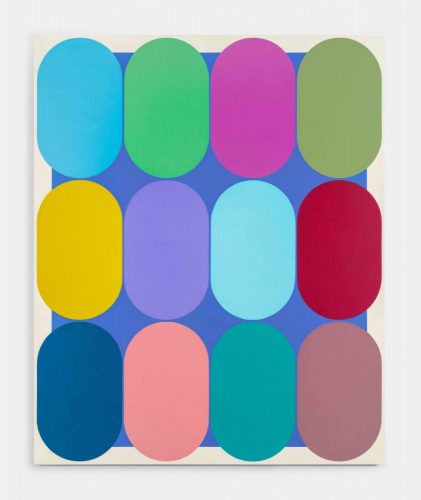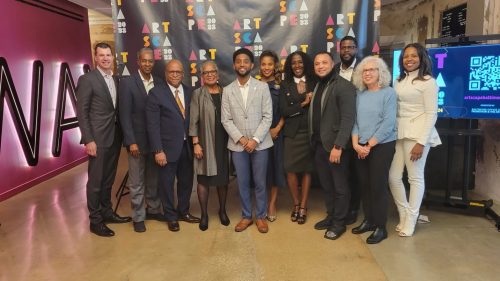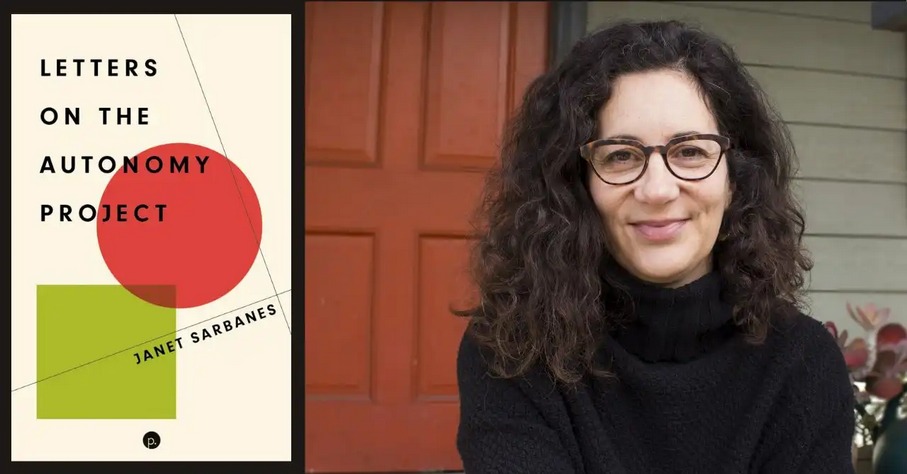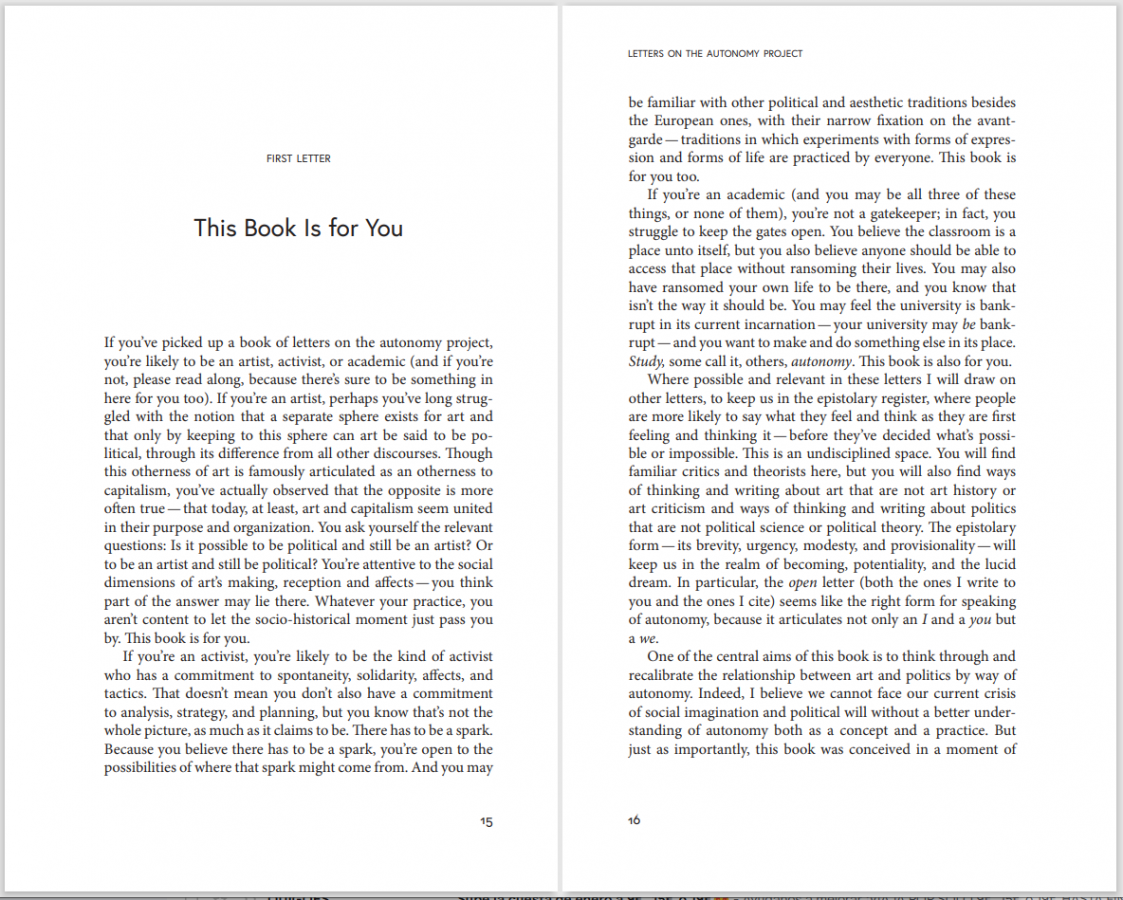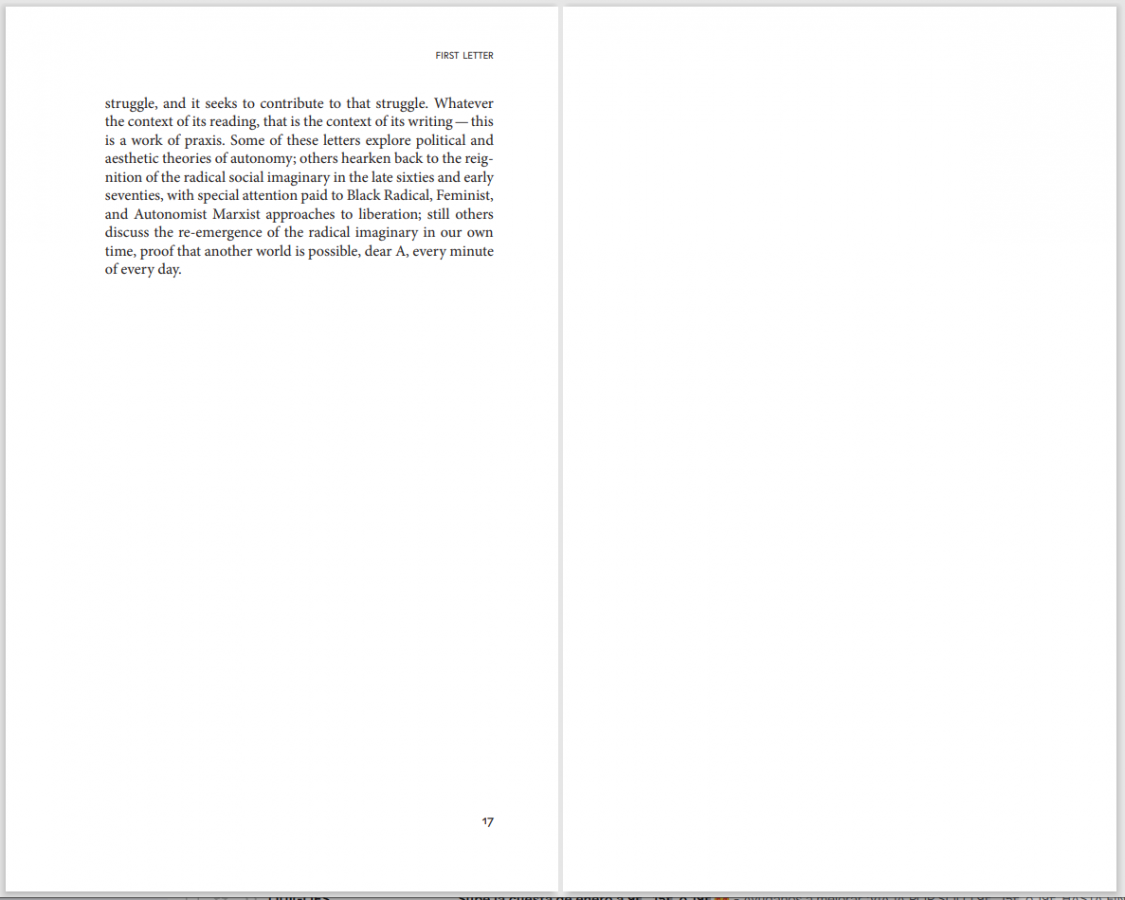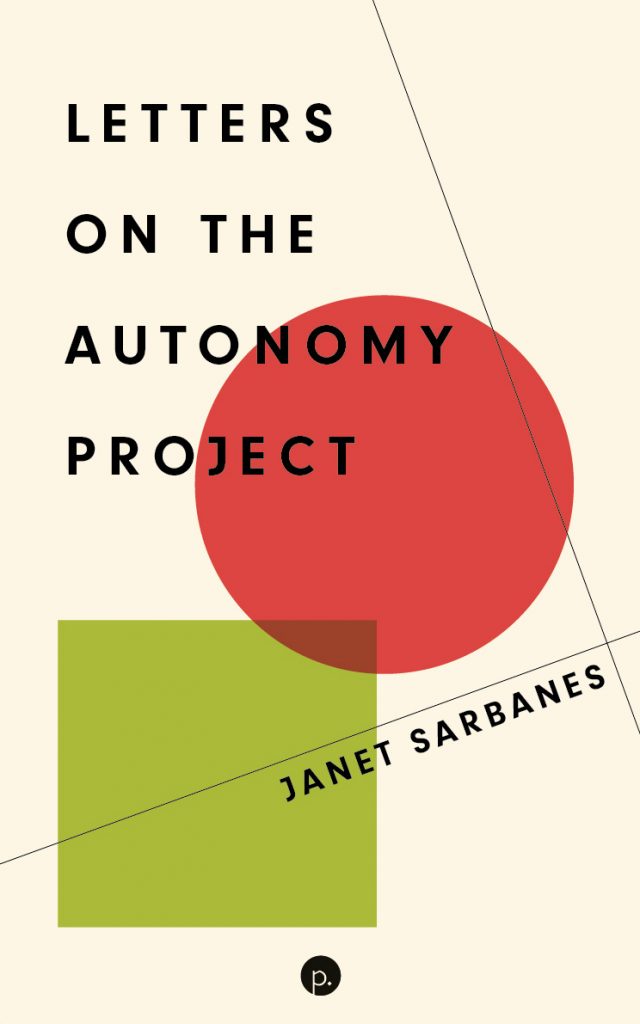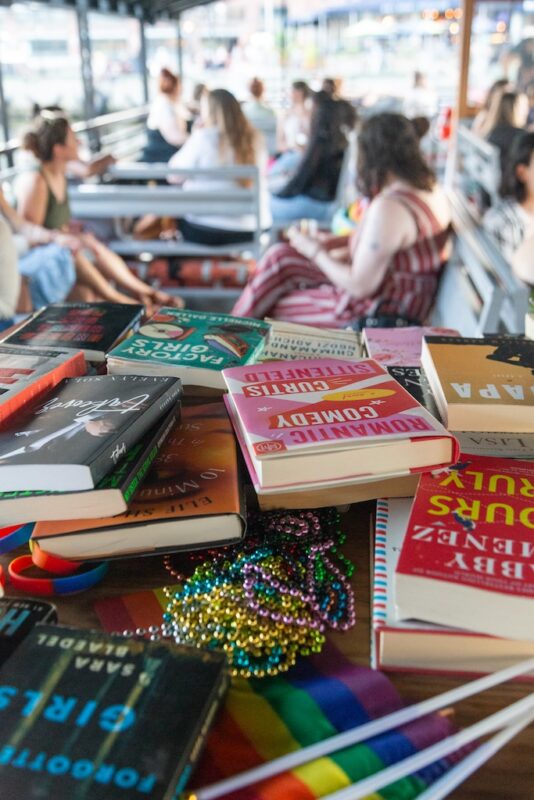Yeah. I really like that you also made a point of saying in the book that Occupy was a cultural moment, and that it was driven by artists, that artists instigated the Occupy movement. Another thing I was curious about was when you talk about relational aesthetics. I thought that you drew some great parallels between activism and relational art. Relational aesthetics might be a way of shifting the place in which things happen, taking art outside just the museum or gallery.
I think there was a movement of relational aesthetics further and further away from the gallery. It started out as sociability and sharing soup, but then moved into social practice, as Grant Kester talks about, these long-term projects where people were really engaging, say with the city or globally with people, trying to improve their lives. But I think that that moment is over. My whole point is that we should be attending to the social and political dimensions around art practices now, much more so than art practices themselves, because we must come up with new ways of instituting.
I’ve been involved in some artist-run efforts and I think the thing that happens in them is that you are usually struggling so hard just to keep your head above water. It seems like that is what consumes all the time, like paying the rent. The easy way out is to just get involved in the gallery system, if you are selected to be in the gallery system, then you’ve “made it” or whatever that means, and then you’re out of that grassroots initiative that drove the work in the first place and you’re sort of in this other space, it’s complicated really, isn’t it?
I’m not underestimating the power of that and the pressure and the fact that we live in a society where you can’t just live. You must make a living. You don’t have health care and things like that. This puts so much pressure on the artist—it foregrounds a lot of work that just gets taken for granted or not acknowledged on the part of artists. But it’s just like wages for and against housework, which is how Federici titled her manifesto. It won’t just be wages for art, it must be wages for and against art. Which is to say what art is under a capitalist system versus what we understand art to be. There is an element of self-determination there. And that is really, I think, hard to find.
So, there’s the question of who determines what art is. It’s so overdetermined by the market right now. I do think the art world and art institutions are actually very central nodes and a way of deciding this. But I don’t think just getting money for art solves the problem. I think we realize the problems are much bigger than that.
Yeah, I mean you mentioned that you’re not talking about changing artistic practice. You’re talking about the way in which the system itself operates. Then there is more creative freedom, but it takes place in a very different context.
In the book you describe a scene that happened in Theodore Adorno’s class. His students conceived of it as a moment of planned tenderness toward their professor. At the start of the lecture, a student walked up to the board and wrote. “He who only allows dear Adorno to rule, will uphold capitalism his entire life.” While three students wearing long leather jackets approached the podium and sprinkled rose and tulip petals over Adorno’s head and attempted to kiss him on the cheek while exposing their naked breasts to him. And then Marcuse is quoted as saying that essentially the students were attempting to bridge the gap between a medieval, outdated mode of teaching and curriculum and to meet the reality, the terrible and miserable reality, which is outside of the classroom.
This made me think about being an academic myself. Being a professor up there in front of the class, telling students or dictating what to do or being an authoritative figure in that sense. I wondered how you approach that in your own teaching or how you think academics should tackle that question. I think that this protest in Adorno’s class was significant in that regard.
You know the book is a series of letters, and I like to refer to correspondences that I found interesting and that correspondence, that historical moment between Adorno and Marcuse, is really instructive for us. I teach at Cal Arts and the kind of founding pedagogy of CalArts was again very predicated on the notion that art does something different in the classroom by attending to the social, and I would say the political, dimensions because that’s really what you’re after. At CalArts, you were considered an artist from the moment you arrived. It wasn’t an apprenticeship, you didn’t have to worry about acquiring skills in quite the same way that you need to in other kinds of academic arts environments. It was looked at as faculty collaborating with students, and that faculty were just artists with more experience.
Today, by contrast, I think art programs are very tied to the market. Again, it’s sort of like preparation for that: how to network, how to get into that. And there is this question of what are we doing? What are we learning from each other? This is what’s important about the autonomy of academic institutions. They don’t have to be just steppingstones to the art market. That there is something else that happens that has all these different dimensions to it. I think autonomy is a big part of this because when you say to a 19 year old “you are an artist,” it makes a demand. They’re not an artist yet, but they have to project themselves into that role. And you must help them see themselves as an artist. It becomes student-centered teaching, project-centered thinking.
This goes back to Jacques Rancière and his book The Ignorant Schoolmaster, that teaching is not simply explicating. Rather you help students to understand that it is a language. You don’t determine the meanings that they make. You don’t determine the forms they come up with. I think this is a central question in the academic environment and it’s important to think about. It’s education like the Berkeley Free Speech movement. Is education preparing you to be a cog in the wheel? Is it preparing you to organize your life according to capital and its processes or is there something else it is doing?
There’s always this disparity between the ethos of the art school versus the reality of working for or within the art school. On the one hand it is espoused to be this hallowed hall of free thinking and praxis, but the treatment of adjunct professors seems to completely contradict this paradigm. How can the institution be saying this as our pedagogical model, yet this is the way we’re treating our students and the faculty?
Right, and then there are things like student debt? You’re determining the course of their studies and they must have the money to pay for their education.
Yes that’s another thing I think about all the time. One of my teaching positions is at a community college where I have a lot of students who want to transfer to an art school. And then they’ll ask me, how do you survive once you graduate? How do you pay back your student loans? And in all fairness, I sometimes don’t have an answer for that.
Absolutely, I think there are all kinds of reevaluations going on, but there’s great education that happens at community colleges. So, the question of prestige and elites that high tuitions guarantee—all of this needs to come under scrutiny, and it is coming under scrutiny. There’s the public service loan forgiveness program, but that got off to a rocky start. There are places like UNAM, the autonomous university in Mexico, where the students went on strike for a year to fight the equivalent of a $1 tuition because it used to be free.
I had that in undergraduate. I went to the National College of Art in Dublin, and they instigated a €150 registration fee. I think it was in our second or third year and students protested that. I think in Europe it’s creeping up, it’s getting more expensive there too, and becoming more like the American model.
Absolutely.
Well Janet, it was a pleasure to talk with you. Thank you so much for taking the time to speak with me and I look forward to your book launch at Red Emma’s on Wednesday, January 11 at 7pm.
